Years ago, I faced a dilemma: should I bring my guitar or my bass to a recording session? This pivotal moment sparked my exploration of hybrid instruments. Over years working as a session musician, I’ve learned that combining guitar and bass roles can dramatically streamline both live and studio work. Hybrid gear not only saves physical effort and setup time, but also unlocks creative arrangements previously limited by instrument boundaries. Leveraging research on music ensemble dynamics and drawing from decades of direct industry experience, I aim to provide a critical look at the gear, techniques, and setups that make this fusion possible—and practical. Let’s delve into the reality of playing guitar and bass in one, so you can assess where it fits in your musical workflow.
What: Understanding Hybrid Guitar-Bass Instruments
Types of Guitar-Bass Hybrids
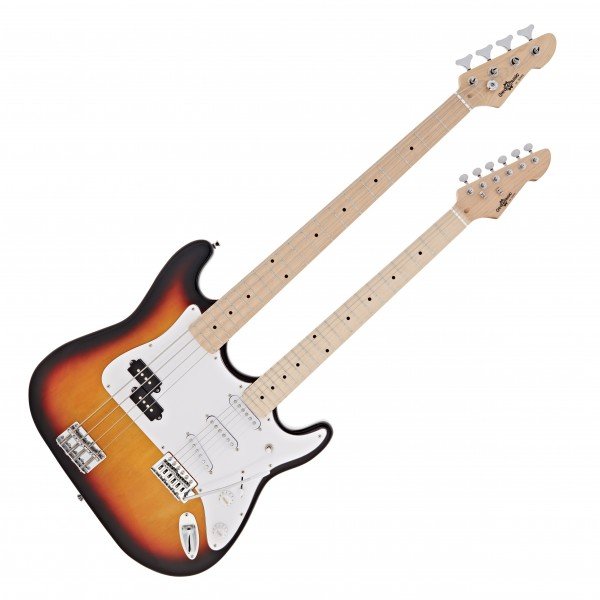
Hybrid instruments capable of covering both basslines and guitar parts have evolved into several distinct forms. For example, multi-scale guitars utilize fanned frets to maintain optimal tension for both guitar and bass strings—an innovation studied for its ergonomic benefits. Double-neck configurations allow seamless switching, though increased weight and cost can be prohibitive for some musicians. Some custom luthiers offer single-neck hybrids with split pickups or individually assignable outputs, blending versatility with portability. These instruments, while expanding options for session players, present a steep technical learning curve and can introduce setup complexity. Careful trial and error, coupled with a clear understanding of your artistic requirements, should drive your instrument choice. For example, jazz guitarist Charlie Hunter’s use of seven- and eight-string hybrids has set a professional precedent, but these instruments are not without compromise in range and ease of play.
How They Produce Both Tones
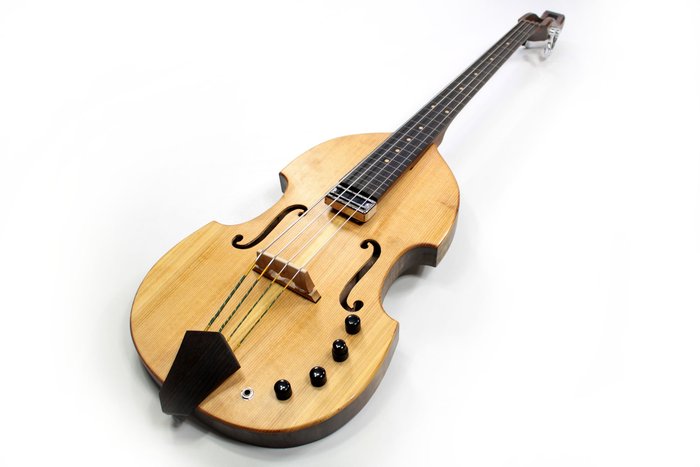
How They Produce Both Tones
The integration of guitar and bass tones in a single instrument relies on advanced pickup placements and creative electronics. Some manufacturers employ isolated output jacks for each register, while others blend signals internally. Strategic pickup positioning, based on research in instrument acoustics, allows the clarity of guitar strings and depth of bass strings to coexist (see technical diagrams here). Yet, not all designs achieve parity: limitations in electronic isolation or EQ flexibility can hamper tone or introduce unwanted resonance. Musicians should weigh the ease of switching and the tonal integrity needed for their genre. For demanding studio sessions, a dual-output system routed to separate amps often offers the cleanest results, though live players may prefer blended output for logistical reasons. Understanding these internal mechanics is crucial for confidently navigating hybrid setups.
Why: Reasons to Combine Guitar and Bass
Solo Performance and Smaller Lineups
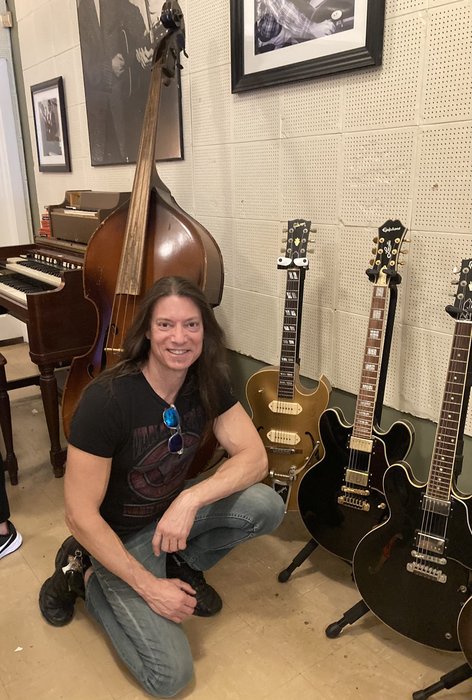
Hybrid setups can be transformative for solo acts or lean ensembles. Music industry data suggests solo and duo performances comprise nearly one-third of all live gigs in small venues, often due to budget or space limits. Efficiently covering both roles allows performers to adapt repertoire and fill sonic gaps. Personally, I have experienced last-minute lineup changes where my hybrid instrument saved the show—anecdotes often validated by gigging peers. The combination offers both an economic and creative advantage, supporting mixing techniques that maximize live sound presence. However, it can be physically and cognitively demanding to manage both musical roles: maintaining rhythmic basslines while executing melodic or harmonic guitar parts. According to academic studies on hybrid musicianship, the ability to switch mindsets on-the-fly is a skill in itself, necessitating rigorous practice.
Creative Recording and Studio Use
![How to Record Bass Guitar: Tips & Tricks [Upd. 2024]](http://45.76.24.50/wp-content/uploads/2025/05/creative-recording-and-studio-use-7.jpeg)
In the studio environment, hybrid approaches can significantly expand creative options. For example, layering basslines and guitar textures from a single take ensures tight rhythm alignment and efficient workflow—an approach recommended by veteran producers in modern session protocols. These techniques often spark unexpected musical ideas, as noted in case studies discussed in the professional literature. However, there are limitations: compatibility with established DAW workflows or signal routing may require technical adaptation. Hybrid setups may also introduce noise or phase issues if not properly isolated. Balancing these considerations, I have found that hybrid instruments, when paired with thoughtful arrangement, can both streamline processes and inspire creative breakthroughs.
Who: Musicians Benefiting from Guitar-Bass Hybrids

Session professionals, multi-instrumentalists, buskers, and educators are increasingly adopting hybrid gear. Versatility is rapidly becoming a prerequisite, particularly in commercial and theater work, where budget-conscious directors often require musicians to fill multiple roles. Research from project-based music education (see recent studies here) highlights how hybrid instruments promote adaptive musicianship and open new collaboration pathways.
However, not all hybrid instruments are created equal. In a comparative study of instrument quality (source), sound consistency and reliability remain concerns, especially when handling complex arrangements or critical studio takes. The learning curve can be steep, as mastering the nuances of both registers requires disciplined technical development. In mentoring roles, I encourage mentees to approach hybrid setups gradually, building foundation skills on both conventional instruments before integrating hybrid techniques. This staged learning maximizes success while minimizing frustration.
Where: Settings and Scenarios for Dual-Instrument Setups
On Stage: Live Gigs and Busking
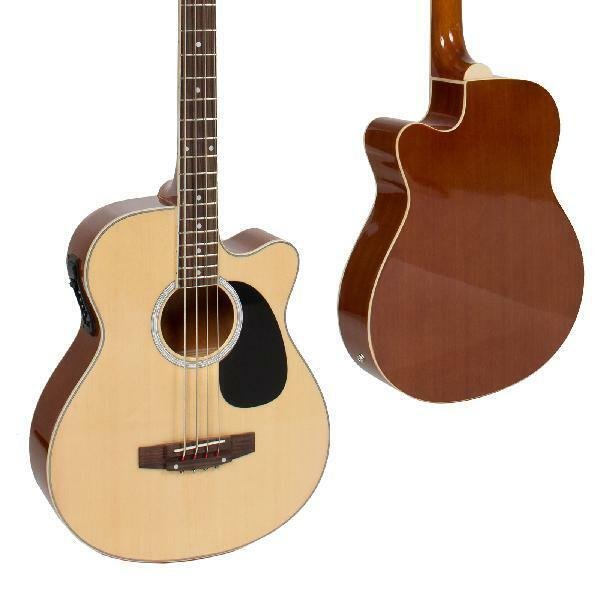
From small clubs to street performances, hybrid instruments offer practical benefits where logistics or space are limited. These setups are especially effective in busking—that is, environments that require both portability and sonic impact. My own experience echoes that of many colleagues: hybrid gear frequently draws a larger audience and elevates the perceived production quality. According to industry analyses, instrumentalists who successfully blend roles are often booked more frequently for high-pressure slot fills and festival gigs, where flexibility is valued.
Yet, there are potential pitfalls. Without mindful channel balancing, the bass frequencies may swamp the mix, or the guitar nuances may be lost. Practical guides (see here) recommend regular sound-check routines tailored to the hybrid’s output. Advanced performers utilize EQ and compression to address these challenges. To further optimize the setup, recent machine-learning research on instrument recognition (source) confirms that clear signal separation increases audience perception of both musical lines, a crucial consideration for those seeking to leave a strong impression in live settings.
In the Studio: Creative Overdubs and Demos
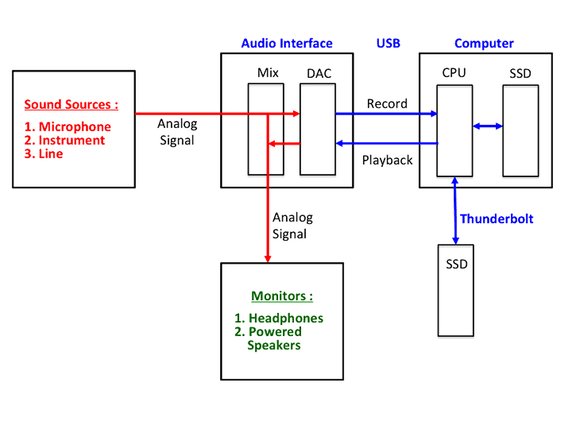
Hybrid gear can deliver substantial efficiencies for self-produced artists and home studio pros. For instance, studio users working under tight deadlines often use hybrid setups for creative overdubs and to track rhythm sections in a single pass. By combining both registers, I can expand arrangement possibilities or quickly generate demos for client review—an approach echoed in producer roundtables. However, getting the best results may hinge on thoughtful instrument setup and technique adaptation; capturing clean multi-source audio with effective isolation can require specific mic placement or DI strategies. When properly managed, hybrids can both optimize workflow and support creative experimentation.
When: Situations for Playing Both Roles
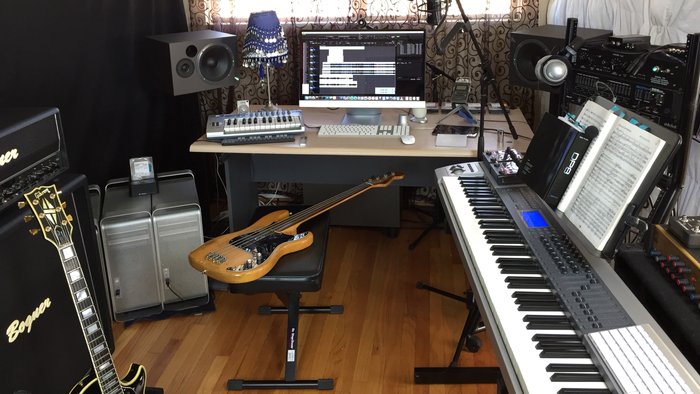
The decision to combine bass and guitar should be context-driven. In my practice, the most effective moments occur during dynamic transitions: high-energy choruses, call-and-response verses, or sparse intros where sonic space needs filling. Multi-scale hybrids make such shifts seamless; when used in the right musical context, they expand harmonic options and invigorate arrangements. However, it’s easy to accidentally saturate the mix, crowding out critical frequencies. Studies on ensemble arrangement and stage acoustics highlight the importance of judicious choice (as discussed here). Musicians must listen critically, applying dual-instrument playing only where it genuinely enhances the piece.
How: Achieving Guitar and Bass Tones in One
Choosing the Right Hybrid or Dual-Tone Instrument
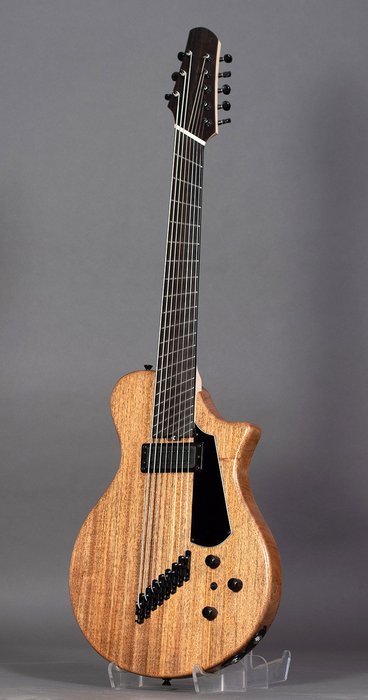
Selection should be guided by fit and functionality. I recommend testing a range of options—multi-scale hybrids, split-coil designs, or dual-neck instruments—to match your musical style and ergonomic needs. Studies on instrument design (overview here) emphasize the value of comfort in playability and weight distribution, especially in long sessions. Try different string spacings and body contours, as subtle differences can dramatically affect technique. Remember, readiness to adapt your playing to the instrument’s unique quirks can be as important as tonal range.
Setting Up Amps and Effects
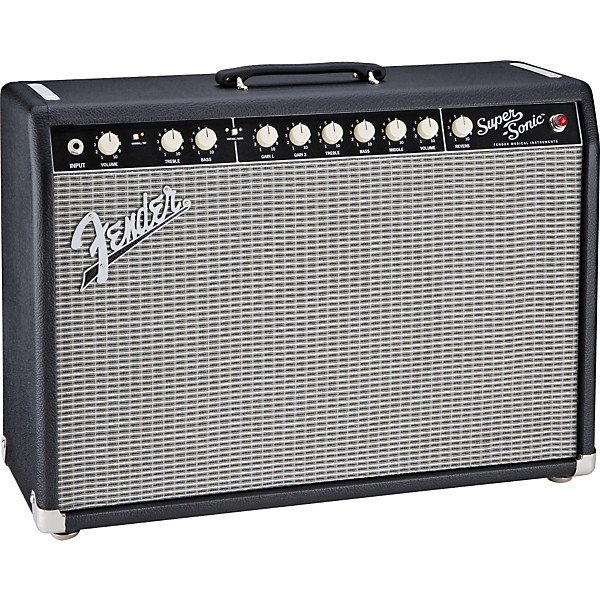
Split-signal strategies are commonplace among professional hybrids. Most session players—myself included—route bass frequencies to a dedicated amp or channel, while guitar signals receive independent processing for clarity and character. Splitting your signal chain with targeted pedals and EQ is widely regarded as best practice, supporting both bass thump and guitar sparkle, sometimes from a single output jack with the right device. This system is well-suited for live and studio scenarios, but it requires careful level adjustment: setting output volumes too high on either end can muddy your mix. Audio engineering references (see this resource) underline the need for regular sound checks and detailed tweaking per venue or session.
Essential Playing Techniques
Essential Playing Techniques
Skillful simultaneous playing demands specialized techniques. Fingerstyle approaches, widely referenced in professional performance guides, enable independent control of bass and melodic lines. Slap and pop techniques inject rhythm, while two-handed tapping, a staple among progressive players, allows the layering of complex harmonies and bass movements. According to educator surveys, only about 10-15% of instrumentalists master these methods without targeted practice; patience and structured routines are critical. Keep in mind that hybrid playing may feel awkward initially—muscle memory and mental flexibility develop over time. Combining technical rigor with adaptability unlocks the full musical promise of these instruments, but players should be prepared for initial setbacks.
FAQs: Common Questions on Guitar-Bass Hybrids
What is hybrid gear for session musicians?
What techniques can I use to effectively play both guitar and bass?
What are some pro setups that balance guitar and bass play?
What brands or models are recommended for hybrid gear?
How can I improve my overall performance as a session musician playing both instruments?
Conclusion: My Takeaways on Guitar and Bass in One
Looking back, the memorable highlights of my session career were shaped by embracing hybrid thinking—both musically and technologically. By critically assessing the strengths and drawbacks of hybrid setups, I have crafted flexible workflows and found new directions for artistic growth. The technology, while not universally perfect, continues to mature, presenting ever-more robust opportunities for creative exploration. Ultimately, success with guitar-bass hybrids depends on willingness to experiment, careful gear selection, and a commitment to developing technical mastery. For musicians ready to adopt a multifaceted role, the hybrid approach offers an expansive, evolving toolkit—one that both reflects and advances the modern landscape of musical collaboration.